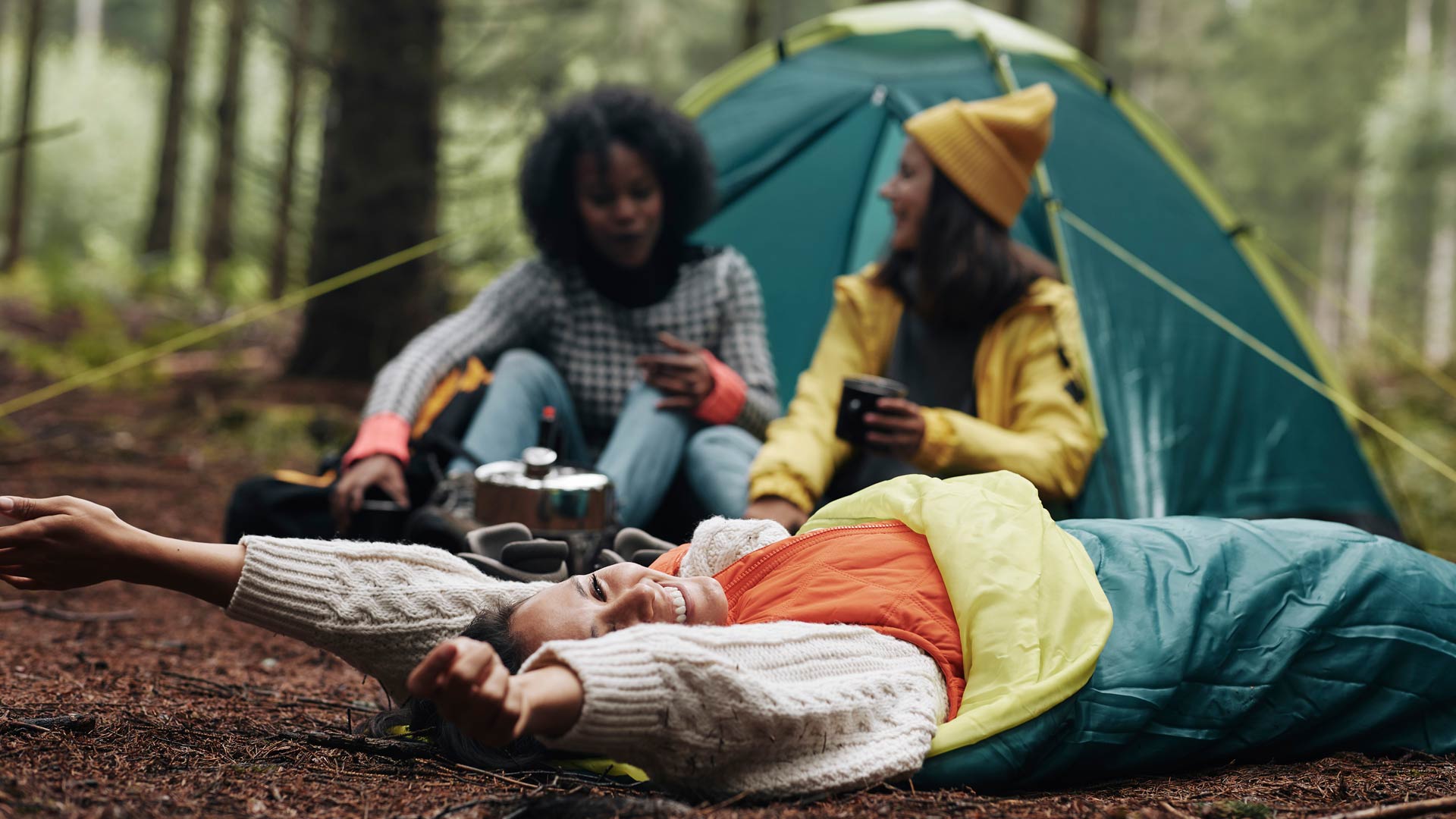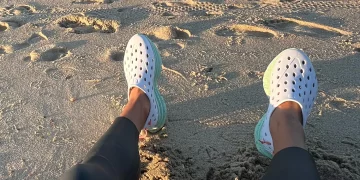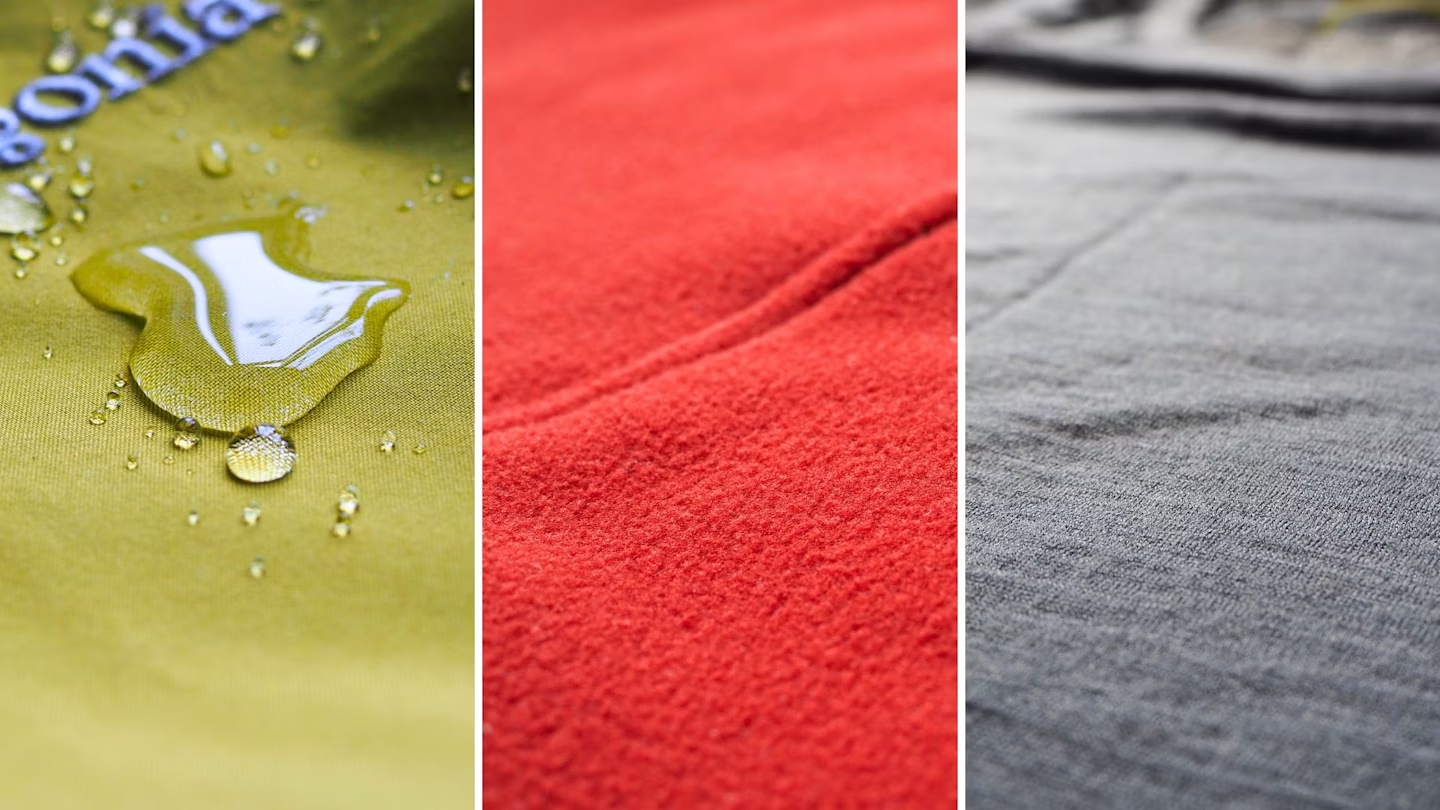A perfect sleeping bag is every outdoor enthusiast’s best friend, whether you’re hiking through the misty mountains, camping under a star-studded sky, or embarking on a wilderness adventure. While a sleeping bag may seem like a simple piece of gear, it plays a critical role in ensuring your comfort, warmth, and protection from the elements during your trip. But what makes a sleeping bag “perfect”? Let’s dive deep into the nuances that go into crafting an ideal sleeping bag—one that fits perfectly with your needs, preferences, and the specific conditions you face outdoors.
Understanding the Basics: What Is a Sleeping Bag?
A sleeping bag is essentially an insulated blanket that envelops the body to provide warmth while sleeping outdoors. It’s a portable cocoon that keeps your body temperature regulated by trapping heat. Sleeping bags come in a variety of shapes, sizes, and materials, designed for different environments and activities. Whether you’re embarking on a lightweight summer backpacking trip or braving the frigid winter winds of the high mountains, there’s a sleeping bag tailored to your needs.
Key Factors That Make a Perfect Sleeping Bag
To understand the secret behind the perfect sleeping bag, you must first explore the main components that contribute to its effectiveness. These include insulation, shape, shell fabric, size, temperature rating, and weight. Let’s break each one down:
1. Insulation: The Heart of Warmth
The insulation of a sleeping bag is its primary function: trapping heat and ensuring warmth. The type of insulation you choose—whether it’s down or synthetic—will greatly influence your bag’s performance.
- Down Insulation:
Down feathers, typically goose or duck down, are prized for their excellent warmth-to-weight ratio. They provide exceptional insulation even in the coldest conditions, and they compress easily, making them ideal for backpacking. However, down loses its insulating properties when wet, so it’s not the best choice for rainy or highly humid environments unless treated with a water-resistant coating. - Synthetic Insulation:
Synthetic fills, such as polyester, are an excellent alternative to down, especially in wet conditions. While they are slightly bulkier and heavier than down, synthetic insulation maintains its insulating properties even when damp. These bags tend to be more affordable and are easier to care for, making them a solid choice for casual campers or those on a budget.
Key Considerations:
- Down insulation: Lighter, more compressible, and warmer, but can lose loft when wet.
- Synthetic insulation: Retains warmth when wet, heavier and bulkier, more affordable.

2. Shape: Comfort vs. Performance
Sleeping bags come in various shapes, each designed to serve different needs:
- Mummy Bags: These are the most popular shape for winter or cold-weather camping. Mummy bags are designed to be snug around the body, tapering at the feet and head, which helps reduce the space for cold air to enter. This design ensures maximum heat retention, though some may find it a bit too constricting for comfort.
- Rectangular Bags: Offering more space to move around, rectangular bags are ideal for warmer weather or those who prefer a more spacious sleeping experience. They don’t trap heat as effectively as mummy bags, but they provide more comfort and freedom of movement.
- Barrel Bags: A hybrid between the mummy and rectangular designs, barrel bags are wider around the shoulders but still taper at the feet. These offer a balance between comfort and performance, making them great for three-season camping.
Key Considerations:
- Mummy bags: Best for cold weather and lightweight performance.
- Rectangular bags: Great for comfort, but less efficient in heat retention.
- Barrel bags: A good middle ground for comfort and warmth.
3. Shell Fabric: The First Line of Defense
The outer shell fabric of a sleeping bag is not just a cosmetic layer. It serves to protect the insulation from the elements—rain, snow, dirt, and abrasion. The choice of fabric plays a crucial role in the overall durability and water resistance of the bag.
- Nylon and Polyester: These are the most common materials for sleeping bag shells. Nylon is lightweight, durable, and water-resistant, while polyester is slightly less durable but can be more affordable.
- Water-Repellent Coatings: Many modern sleeping bags use durable water repellent (DWR) coatings that prevent moisture from soaking into the bag. This is particularly important for down sleeping bags, which can lose their insulating ability when wet.
- Breathability: Some fabrics are designed to allow moisture (sweat) to escape while still blocking out external moisture. A good balance of breathability and water resistance is important for ensuring that you don’t wake up in a soggy, clammy bag.
Key Considerations:
- Water-resistant or DWR coating: Essential for wet weather.
- Durability and weight: Consider your primary activity to choose the best fabric type.
4. Size: Choosing the Right Fit
Sleeping bags are available in various sizes, and finding the right one is essential for maximizing comfort and warmth. A sleeping bag that’s too large will allow too much air to circulate inside, preventing you from retaining body heat. On the other hand, a bag that’s too small might feel restrictive and uncomfortable.
- Length: Choose a bag that’s long enough to accommodate your height but not excessively long. Some sleeping bags come in “long” or “extra-long” versions for taller individuals.
- Width: If you tend to move around a lot during the night, consider a wider bag. Some bags are designed for wider frames and offer additional room in the shoulder and hip areas.
- Sleep System: Some sleeping bags are designed with integrated liners and hoods for additional warmth, comfort, and customization. These systems often allow you to add or remove layers based on your needs.
Key Considerations:
- Size and fit: Make sure the bag is comfortable and allows for freedom of movement, while ensuring that it’s not too loose.
- Adjustable features: Look for bags with adjustable hoods, neck baffles, and draft collars to fine-tune the fit.
5. Temperature Rating: Matching Your Sleeping Bag to Your Adventure

Every sleeping bag comes with a temperature rating that indicates the lowest temperature at which the bag will keep you warm. These ratings are typically based on a standard called the European Norm (EN) 13537, which uses a standard testing procedure for sleeping bags. However, temperature tolerance can vary between individuals based on factors like metabolism, clothing layers, and how much warmth your body generates during sleep.
- Three-Season Sleeping Bags: Ideal for moderate conditions, these bags are typically rated for temperatures ranging from 20°F to 32°F (-6°C to 0°C). They offer a balance between warmth and weight, making them versatile for spring, summer, and fall camping trips.
- Cold-Weather Sleeping Bags: For colder conditions, look for sleeping bags rated for temperatures below 20°F (-6°C). These are often used for winter camping or high-altitude trekking.
- Warm-Weather Sleeping Bags: In hot conditions, you might want a sleeping bag rated for 35°F (1°C) or above. These bags are lighter, less insulated, and more breathable to prevent overheating during warm nights.
Key Considerations:
- Know your limits: Consider not just the lowest temperature, but also your personal comfort zone.
- Seasonal fit: Choose your bag based on the time of year and conditions.
6. Weight and Packability: Light Enough for the Trail, Compact Enough for Your Pack
One of the primary considerations for hikers and backpackers is weight. A sleeping bag can be one of the heaviest items in your pack, so it’s important to find a balance between weight and warmth. For backpackers, an ultralight sleeping bag (weighing 2–3 pounds for a 3-season bag) is ideal. If you’re doing car camping, weight is less of a concern, but it’s still beneficial to look for a bag that packs down to a reasonable size.
- Compression Sacks: Many sleeping bags come with a compression sack that allows you to squeeze the bag down to a much smaller size. However, over-compressing down sleeping bags can damage the loft and reduce insulation performance.
- Packability: Look for bags with a compact design that fits neatly into your backpack. Generally, down bags are more compressible than synthetic bags, which makes them easier to pack.
Key Considerations:
- Lightweight for backpackers: Ultralight materials are essential for reducing pack weight.
- Compression: Ensure the bag’s performance doesn’t suffer from excessive compression.
7. Additional Features: Enhancing Your Sleeping Experience
While the above factors are crucial, some sleeping bags come with extra features that enhance comfort, performance, and usability:
- Draft Collar and Neck Baffle: These features help seal off heat around your neck and shoulders, preventing cold air from sneaking in.
- Hood: A well-insulated hood can add significant warmth, especially in cold conditions.
- Pockets: Some sleeping bags come with internal pockets where you can store small items like a headlamp, phone, or snacks.
- Zipper Design: Zippers come in different configurations. Two-way zippers are convenient for venting warmth, while snag-free designs make it easier to get in and out of the bag.
Conclusion: The Quest for the Perfect Sleeping Bag
The “perfect” sleeping bag is a highly personal choice, shaped by your specific needs, preferences, and intended activities. Whether you’re looking for the lightest, most packable bag for a fast-paced backpacking trip or a robust and warm bag for a winter camping adventure, understanding the key features—insulation, shape, fabric, size, temperature rating, and weight—will guide you toward the right decision.
By carefully considering these factors, you can ensure that your sleeping bag will provide you with the comfort, warmth, and protection you need to sleep soundly under the stars. After all, the best sleeping bag is not just one that keeps you warm; it’s the one that helps you feel at home in the great outdoors.























